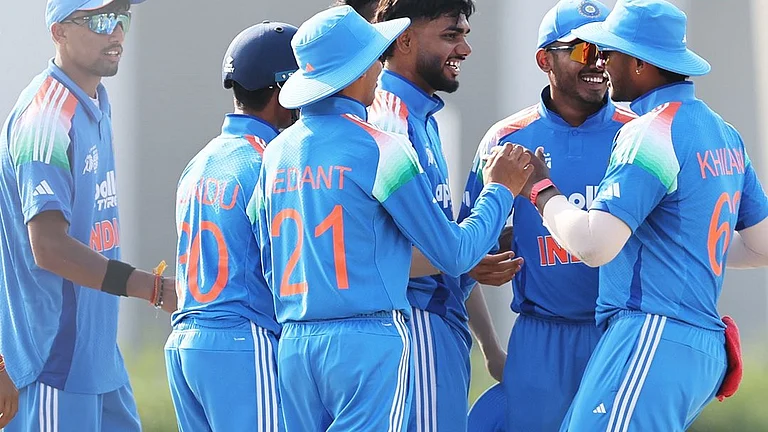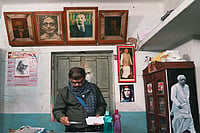Of the upper strata, the researchers found that the children already possess many of the material comforts and consumer items that are advertised on television and that they are, therefore, least in need of them. Nevertheless, clever manipulative advertisements attract them.
The middle-income group is seen as the group on which consumerism has made its greatest impact. Television itself and the goods it advertises are those which give them status and a sense of security.
The children from the low-income group are those coming from homes where they lack two square meals a day. Yet many living in New Delhi's Paharganj, where there is much unemployment, have acquired television sets. They still lack basic necessities like shelter, nourishing food and education. The authors find these children confused, different and unhappy. They have "spoken out on behalf of the deprived child who is oppressed by the ways of the world".
The children were interviewed in their homes and in the schools with the cooperation of parents and teachers. Apart from questionnaires, individual and group discussions were also held. The researchers obtained the advice of psychiatrists and psychologists in framing their questionnaires and methodology. The findings obtained in Delhi, the authors believe, are likely to hold good in other urban areas.
The advertisements referred to in the survey are those which are telecast on the national network of Doordarshan. The information collected by the researchers shows that 65.32 per cent of the children interviewed watch Doordarshan, while 21.37 watch satellite television. When the survey was conducted, it was found that 95 per cent of the families had television sets in their homes. Of these 69 per cent own colour sets.
The researchers have collected data on a variety of issues such as the relationship of the child with his or her television set. What does the child get from television? At what age is he able to recognise the difference between programmes and advertisements? What is the extent of television-watching and how much control do parents exercise? What are the aspirations advertising arouses? There is a mass of data on these matters: list of advertisements actually put out on Doordarshan; its income from advertising on crucial dates in recent history. The authors have placed their findings in the context of what has been researched in the US, where responsible citizens are alarmed at the social consequences of commercial television.
Of the issues mentioned earlier there is space to consider only the most crucial. Some upper-class children belonging to an older age group say that television provides them with a window on the world. But for most television watching is a means of entertainment and relaxation. Declares one youngster: "Before television, home was a bore. Now I get home, throw off my shoes and settle down with my television." This is a state of complete passivity.
How much parental control is exercised on what the child is permitted to watch? About 67 per cent of children of all groups said there was little parental control. Where it was attempted was over late night watching as the children would not get ready in time for school the next day. To a lesser extent, parents objected to explicit sex and violence.
Many parents believed that very small children do not understand what appears on the screen. Hence, viewing would be harmless. They are changing their minds. The parents of a three-year-old boy, brought up on a rich diet of television, said: "We found he had turned aggressive, uncontrollable in ways we found disturbing.... He seems to be aping what he sees but does not understand them." We learn that there's four times as much violence in cartoons, which little ones like best and which are considered harmless, as there is in other programmes.
My quarrel with this book is the arrangement. The kernel, as I have said, is the field study carried out in Delhi. The first connected account of it is in a note on page 30. The findings are not put together in any one place. In my opinion, this pioneering study gets lost in an American perspective, which though useful, is second-hand.


























